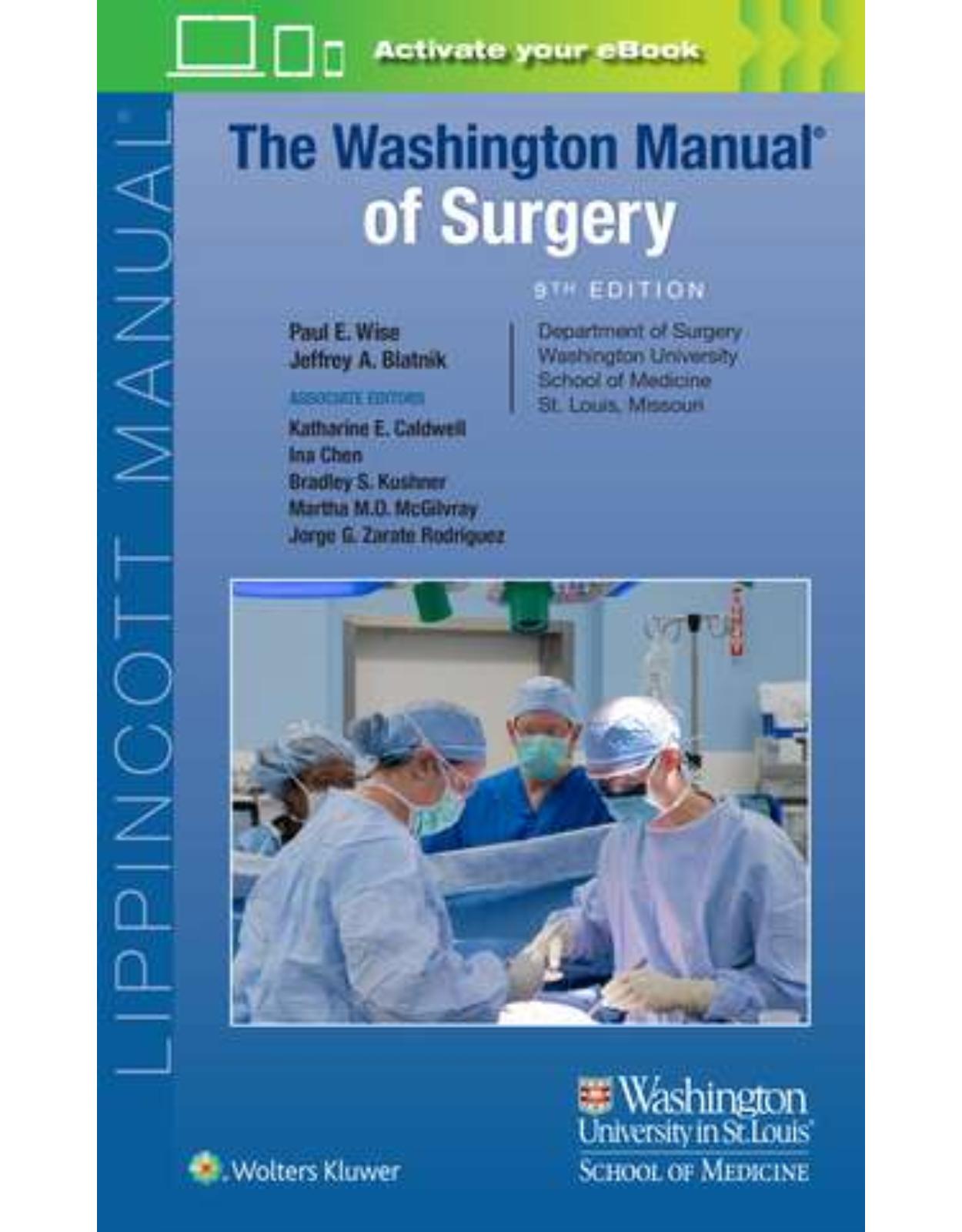
The Washington Manual of Surgery
Livrare gratis la comenzi peste 500 RON. Pentru celelalte comenzi livrarea este 20 RON.
Description:
Focusing on must-know information in the broad spectrum of general surgery, The Washington Manual® of Surgery, 9th Edition, provides concise, high-yield content essential for surgical residents, attendings, medical students, and others who provide care for patients with surgical disease. Edited by Drs. Paul E. Wise and Jeffrey A. Blatnik, and written by teams of Washington University residents and faculty, this bestselling manual presents state-of-the-art, comprehensive information in a brief, outline format, along with numerous figures, tables, algorithms, and images throughout. In one convenient, portable resource, you’ll find practical coverage of all surgical subspecialties (thoracic, GI, colorectal, cardiac, vascular, breast, trauma, critical care, and more)—all at your fingertips for quick review and reference.
Table of Contents:
1. Preoperative Assessment and Care of the Surgical Patient
I. Introduction
II. Surgical Decision-Making
III. Preoperative Assessment
IV. Preoperative Optimization
Chapter 1: Review Questions
2. Intraoperative Considerations
I. Culture of Safety in the Operating Room
II. Timeout
III. Anesthesia Induction, Maintenance, and Oxygen Administration
IV. Positioning
V. Ergonomics
VI. Preparation and Draping
VII. The Operation
VIII. Electrosurgery
IX. Intraoperative Monitoring
X. Hemostasis
XI. Transfusion
XII. Extubation
XIII. Handoff
Chapter 2: Review Questions
3. Management of Common Postoperative Problems
I. Neurologic Considerations
II. Pain Control
III. Cardiac Considerations
IV. Pulmonary Considerations
V. Renal Considerations and Fluids/Electrolytes/Nutrition
VI. Gastrointestinal Considerations
VII. Hematologic Considerations
VIII. Infectious Considerations
Chapter 3: Review Questions
4. Critical Care
I. Introduction
II. Monitoring of the Critically Ill Patient
III. Neurologic
IV. Respiratory
V. Cardiovascular
VI. Circulatory Failure and Shock
VII. Fluids, Electrolytes, and Renal Function
VIII. Abdomen and Gastrointestinal Tract
IX. Infection and Sepsis
X. Glycemic Control and Endocrine Dysfunction
XI. Hematology
XII. Medications
Chapter 4: Review Questions
5. Trauma Resuscitation and Adjuncts
I. Introduction
II. Prehospital Care
III. Primary Survey
IV. Adjuncts to the Primary Survey
V. Secondary Survey
Chapter 5: Review Questions
6. Head, Neck, and Spinal Trauma
I. Initial Trauma Evaluation
II. Radiographic Evaluation of Head and Facial Injuries
III. Types of Head Injuries
IV. Management of Head Injuries
V. Injuries of the Neck and Cervical Spine
VI. Management of Blunt Cerebrovascular Injury
VII. Thoracolumbar Spinal Injuries
Chapter 6: Review Questions
7. Chest Trauma
I. Introduction
II. Cardiac Injury
III. Chest Wall, Pleural, and Diaphragm Injuries
IV. Esophageal Injury
V. Tracheobronchial and Lung Injury
Chapter 7: Review Questions
8. Abdominal Trauma
I. Introduction
II. Solid Organ Injuries
Chapter 8: Review Questions
9. Extremity Trauma
I. Common Orthopedic Terms
II. Common Orthopedic Implants (FIGURE 9.2)
III. Initial Assessment and Management of Extremity Trauma
IV. Injuries by Location
Chapter 9: Review Questions
10. Burns
I. Introduction
II. Assessment of Burn Patients
III. Management of Burn Patients
IV. Special Considerations
Chapter 10: Review Questions
11. Wound Care
I. Introduction
II. Acute Wound Healing
III. Special Categories of Acute Wounds
IV. Chronic Wound Healing
V. Special Categories of Chronic Wounds
VI. Wound Closure and Care
VII. Negative Pressure Wound Therapy
Chapter 11: Review Questions
12. Acute Abdomen
I. Introduction
II. Pathophysiology
III. Evaluation
IV. Common Etiologies
V. Operative Summary
Chapter 12: Review Questions
13. Esophagus
I. Structural and Functional Disorders of the Esophagus
II. Functional Esophageal Disorders
III. Traumatic Injury to the Esophagus
IV. Esophageal Tumors
Chapter 13: Review Questions
14. Stomach
I. Introduction
II. Functional Disorders of the Stomach
III. Gastric Adenocarcinoma
IV. Upper GI Bleeding
V. Gastrointestinal Stromal Tumors—Basics
VI. Peptic Ulcer Disease
Chapter 14: Review Questions
15. The Surgical Management of Obesity
I. Obesity, Morbid Obesity, and Metabolic Syndrome
II. Preoperative Evaluation and Optimization
III. Bariatric Surgery Techniques
IV. Postoperative Management
V. Postoperative Issues and Complications
VI. Long-Term Surveillance After Bariatric Surgery
Chapter 15: Review Questions
16. Small Intestine
I. Small Bowel Obstruction
II. Meckel’s Diverticulum
III. Fistulas
IV. Short Bowel Syndrome
V. Neoplasms
VI. Crohn’s Disease
Chapter 16: Review Questions
17. Surgical Diseases of the Liver
I. Introduction
II. Benign Liver Tumors
III. Abscesses and Cystic Disease
IV. Metastatic Disease
V. Malignant Liver Tumors
VI. Specific Resections
VII. Additional Treatments
Chapter 17: Review Questions
18. Surgical Diseases of the Biliary Tree
I. Benign Biliary Obstruction
II. Biliary Strictures and Cysts
III. Bile Duct Injury
IV. Biliary Neoplasms
V. Biliary Operations
Chapter 18: Review Questions
19. Pancreas
I. Anatomy
II. Blood Supply
III. Embryology
IV. Pancreatic Ductal Adenocarcinoma
V. Pancreatic Neuroendocrine Tumors
VI. Rare Neoplasms and Pseduotumors of the Pancreas
VII. Cystic Disease of the Pancreas
VIII. Acute Pancreatitis
IX. Chronic Pancreatitis
Chapter 19: Review Questions
20. Spleen
I. Introduction
II. Hematologic Diseases of the Spleen
III. Splenic Abscess, Cysts, and Neoplasm
IV. Other Splenic Disorders Requiring Surgical Management
V. Preoperative Considerations
VI. Splenectomy
VII. Postoperative Considerations
Chapter 20: Review Questions
21. Abdominal Transplantation
I. Introduction to Physiologic Immunity
II. Transplant Immunology
III. Transplant Rejection
IV. Immunosuppression
V. Complications of Immunosuppression
VI. Organ Allocation
VII. Organ Donation
VIII. Organ Procurement and Preservation
Chapter 21: Review Questions
22. Appendix
I. Anatomy
II. Appendicitis
Chapter 22: Review Questions
23. Colon and Rectum
I. Disorders of Colonic Physiology
II. Diverticular Disease
III. Lower Gastrointestinal Bleeding
IV. Colitides
V. Neoplastic Disease
VI. Colon Cancer
VII. Rectal Cancer
VIII. Other Colorectal Tumors
IX. Colostomy
Chapter 23: Review Questions
24. Anorectal Disease
I. Introduction
II. Functional Abnormalities of the Rectum
III. Hemorrhoids
IV. Anal Fissure and Stenosis
V. Infectious Pathology of the Anorectum
VI. Anal Neoplasia
Chapter 24: Review Questions
25. Hernias
I. Inguinal Hernia
II. Femoral Hernias
III. Abdominal Wall Hernia
Chapter 25: Review Questions
26. Endoscopic, Laparoscopic, and Robotic Surgery
I. Minimally Invasive Techniques
II. Training Programs
III. Key Operative Steps
Chapter 26: Review Questions
27. Breast Disease
I. Anatomy of the Breast
II. Clinical Assessment and Imaging
III. Benign Breast Conditions
IV. Malignancy of the Breast
V. Special Considerations
Chapter 27: Review Questions
28. Skin and Soft Tissue Tumors
I. Skin Lesions
II. Melanoma
III. Nonmelanoma Skin Cancers
IV. Benign Skin Lesions
V. Soft Tissue Masses
VI. Soft Tissue Sarcoma and Related Malignancies
VII. Benign Soft Tissue Lesions
Chapter 28: Review Questions
29. Adrenal Gland and Hereditary Endocrine Syndromes
I. Diseases of the Adrenal Gland
II. Hereditary Endocrine Tumor Syndromes (Table 29.2)
Chapter 29: Review Questions
30. Parathyroid and Thyroid Glands
I. Introduction
II. Hyperparathyroidism
III. Parathyroid Cancer
IV. Thyroid Nodules
V. Thyroid Cancer
VI. Graves’ Disease (Autoimmune Diffuse Toxic Goiter)
VII. Thyroiditis
Chapter 30: Review Questions
31. Lung and Mediastinal Diseases
I. Anatomy
II. Pneumothorax
III. Pleural Effusion
IV. Empyema
V. Thoracic Emergencies
VI. Lung Cancer
VII. Tumors of the Pleura
VIII. Tumors of the Mediastinum
IX. Lung Transplantation
Chapter 31: Review Questions
32. Cardiac Surgery
I. Anatomy
II. Preoperative Evaluation
III. Cardiopulmonary Bypass (CPB)
IV. Coronary Artery Disease
V. Aortic Valve Disease
VI. Mitral Valve Disease
VII. Other Valvular Diseases
VIII. Additional Notes on Valvular Disease
IX. Hypertrophic Cardiomyopathy
X. Atrial Fibrillation
XI. Surgical Treatment of Heart Failure
XII. Postoperative Management and Complications
Chapter 32: Review Questions
33. Endovascular Basics
I. Chapter Goals
II. Basic Concepts
III. Access
IV. Getting to the Vascular “Lesion”
V. Treating the Lesion
Chapter 33: Review Questions
34. Cerebrovascular Disease
I. Anatomy
II. Stroke and Extracranial Carotid Artery Atherosclerosis
Chapter 34: Review Questions
35. Thoracoabdominal Vascular Disease
I. Anatomy and Histology
II. Abdominal Aortic Aneurysms
III. Thoracic Aortic Aneurysms
IV. Acute Aortic Syndrome: Aortic Dissection and Related Aortopathies
V. Mesenteric Ischemia
Chapter 35: Review Questions
36. Peripheral Arterial Disease
I. Vascular Anatomy of the Lower Extremity
II. Peripheral Arterial Disease
III. Acute Arterial Occlusion of the Extremity
IV. Chronic Arterial and Athero-Occlusive Disease
Chapter 36: Review Questions
37. Venous and Lymphatic Disease
I. Anatomy
II. Chronic Venous Insufficiency
III. Venous Thromboembolism
IV. Lymphedema
Chapter 37: Review Questions
38. Dialysis Access
I. Chronic Kidney Disease
II. Peritoneal Dialysis
III. Hemodialysis
Chapter 38: Review Questions
39. Pediatric Surgery
I. Fluids and Nutrition in Children
II. Neonatal Surgical Conditions
III. Thoracic Pathology
IV. Abdominal Pathology
V. Head and Neck Masses
VI. Tumors and Neoplasms
VII. Pediatric General Surgical Conditions
Chapter 39: Review Questions
40. Subspecialty Surgery for the General Surgeon
OBSTETRICS AND GYNECOLOGY FOR THE GENERAL SURGEON
I. Obstetric and Gynecologic Disorders
II. Nonobstetric Surgery in the Pregnant Patient
III. Gynecologic Surgical Anatomy
IV. Gynecologic Malignancies
OTOLARYNGOLOGY FOR THE GENERAL SURGEON
V. The Neck
VI. Oral Cavity and Pharynx
VII. The Salivary Glands
VIII. The Ear and Temporal Bone
IX. The Nose and Paranasal Sinuses
PLASTIC AND RECONSTRUCTIVE SURGERY FOR GENERAL SURGEONS
X. Techniques and Principles
XI. Acute Injuries
XII. General Reconstruction
XIII. Aesthetic Surgery
UROLOGY FOR THE GENERAL SURGEON
XIV. Hematuria
XV. Diseases of the Kidney: Solid and Cystic Renal Masses
XVI. Diseases of the Ureter
XVII. Diseases of the Urinary Bladder
XVIII. Diseases of the Prostate
XIX. Diseases of the Penis
XX. Diseases of the Scrotum and Testicles
XXI. Genitourinary Trauma
Chapter 40: Review Questions
41. Biostatistics and Study Design
I. Introduction
II. Study Design
III. Data Sources
IV. Data Analysis
V. Assessing Study Quality
VI. Clinical Practice Guidelines
Chapter 41: Review Questions
42. Patient Safety and Quality Improvement
I. Patient Safety and Quality Improvement:
II. Patient Safety
III. Quality Improvement
IV. Visualizing QI
Chapter 42: Review Questions
Answer Key
Index
| An aparitie | 01/01/2024 |
| Autor | Paul Wise |
| Dimensiuni | 127 x 203 mm |
| Editura | LWW |
| Format | Paperback |
| ISBN | 9781975201258 |
| Limba | Engleza |
| Nr pag | 976 |
| Versiune digitala | DA |
-
2,10000 lei 1,78500 lei

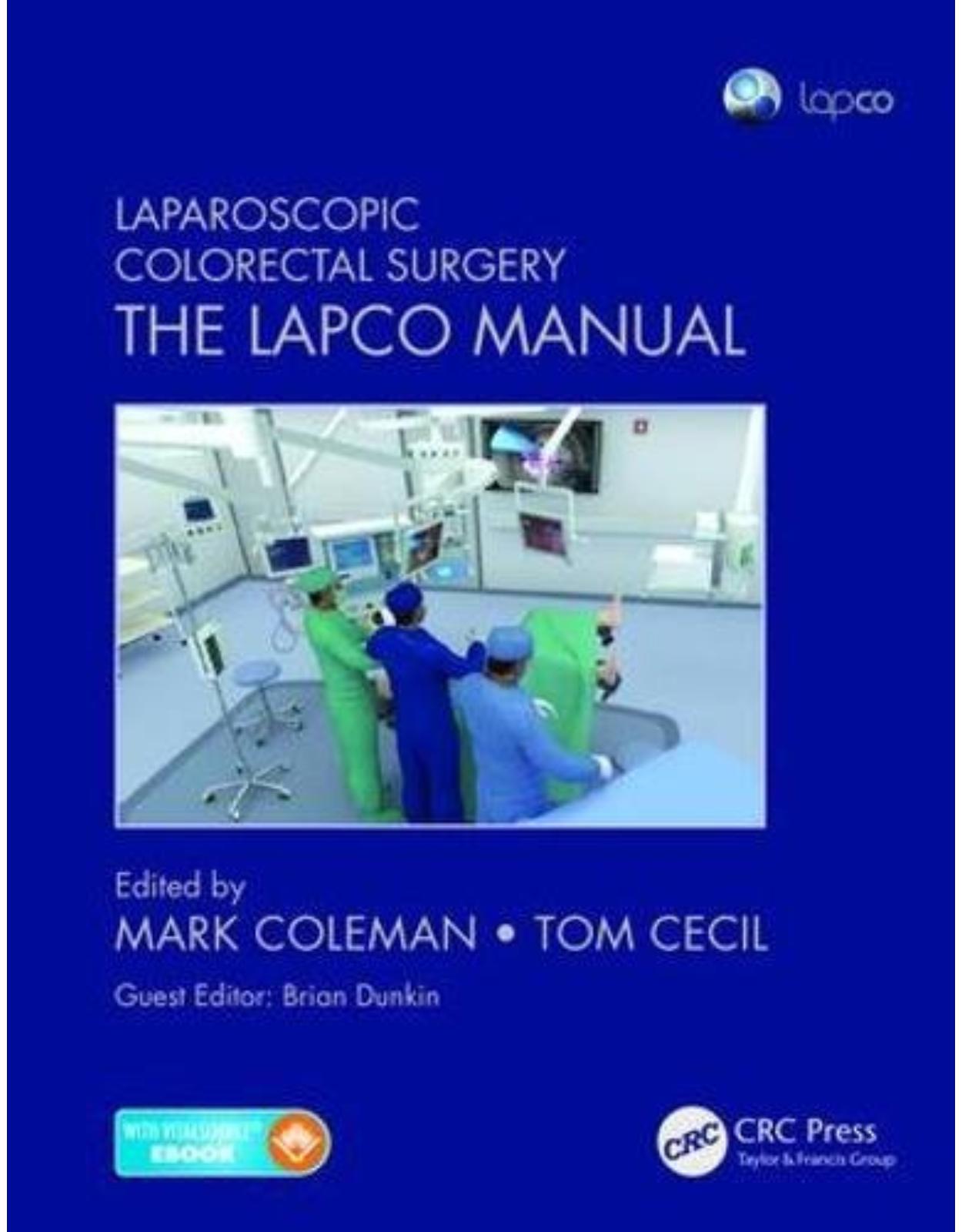
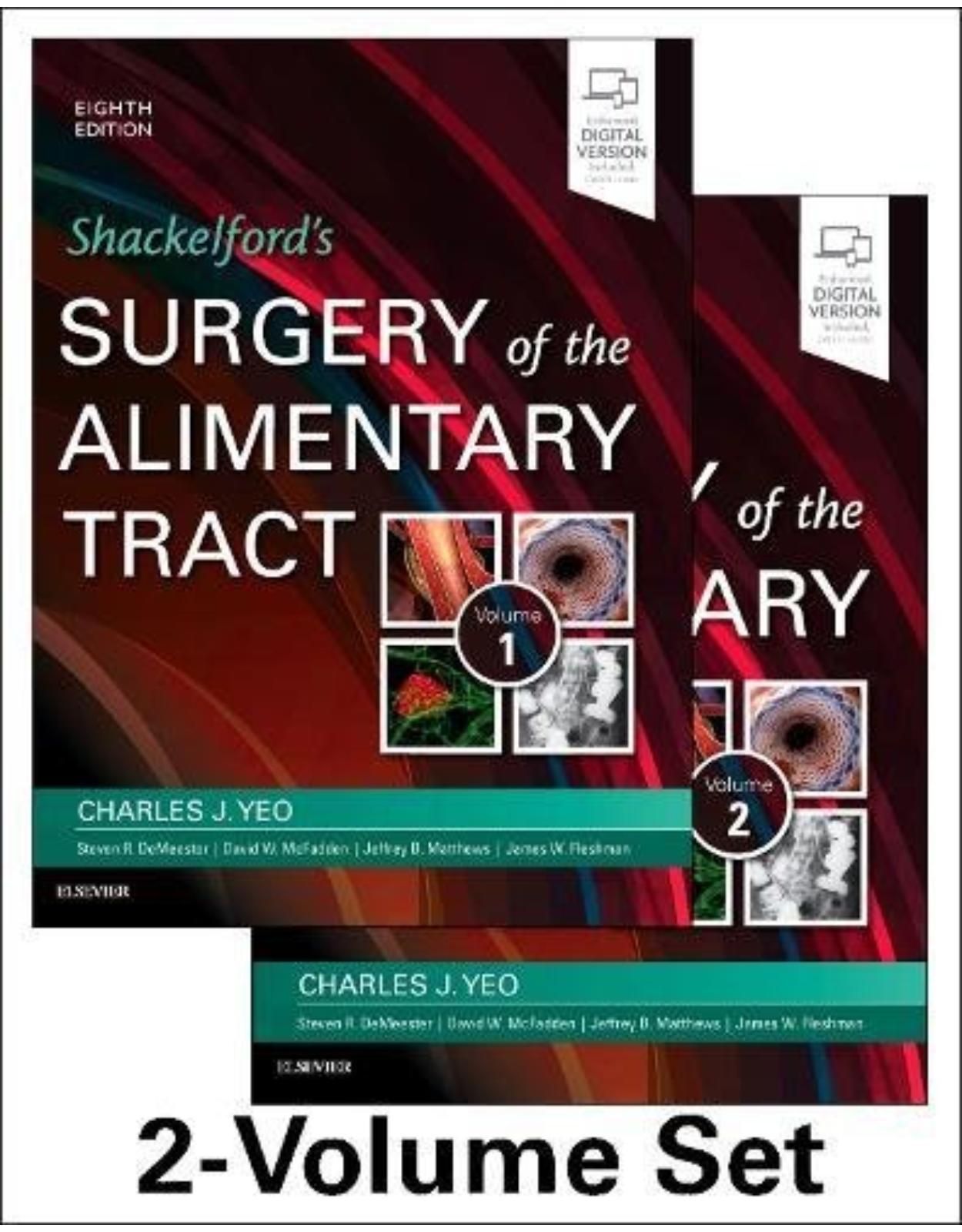
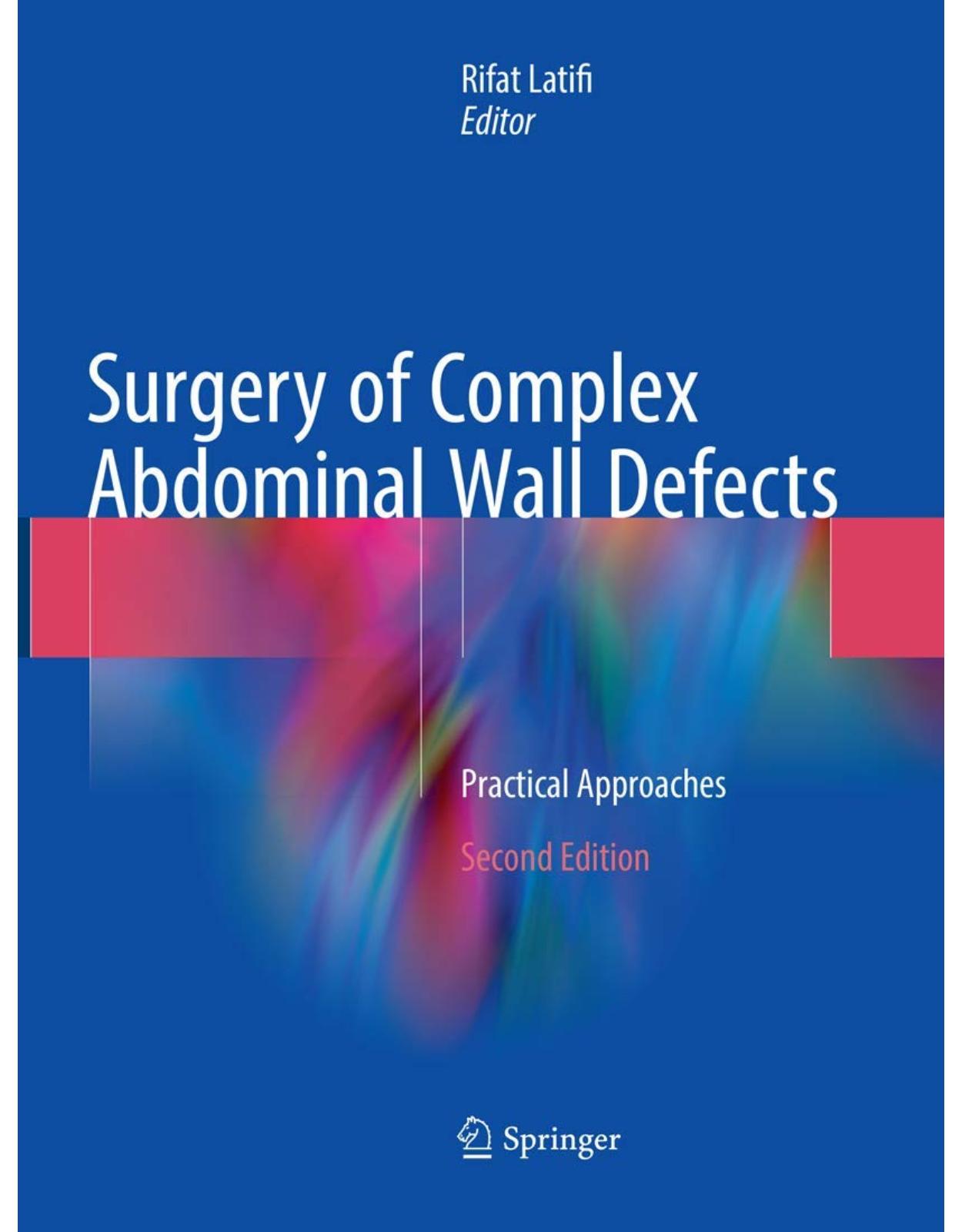
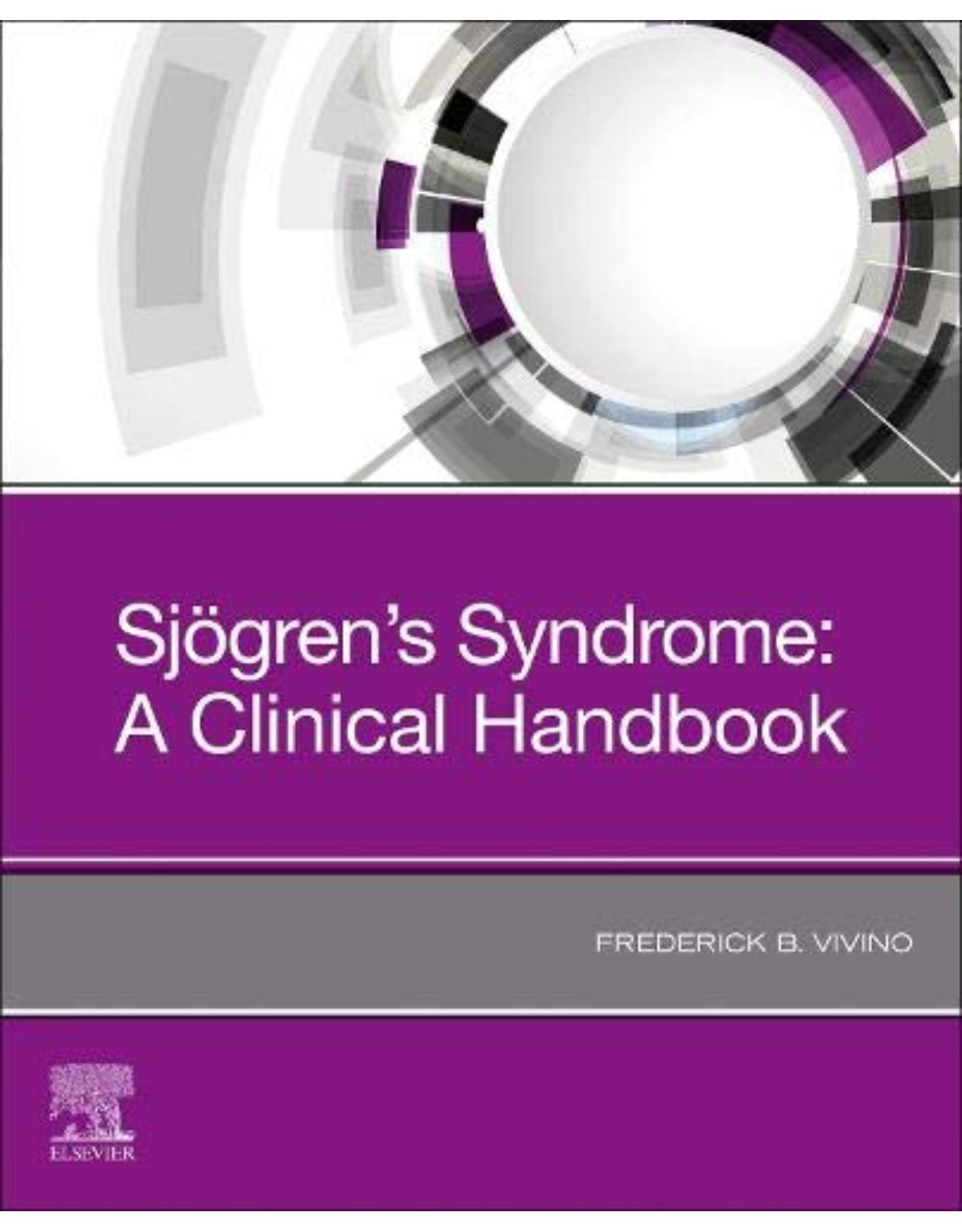
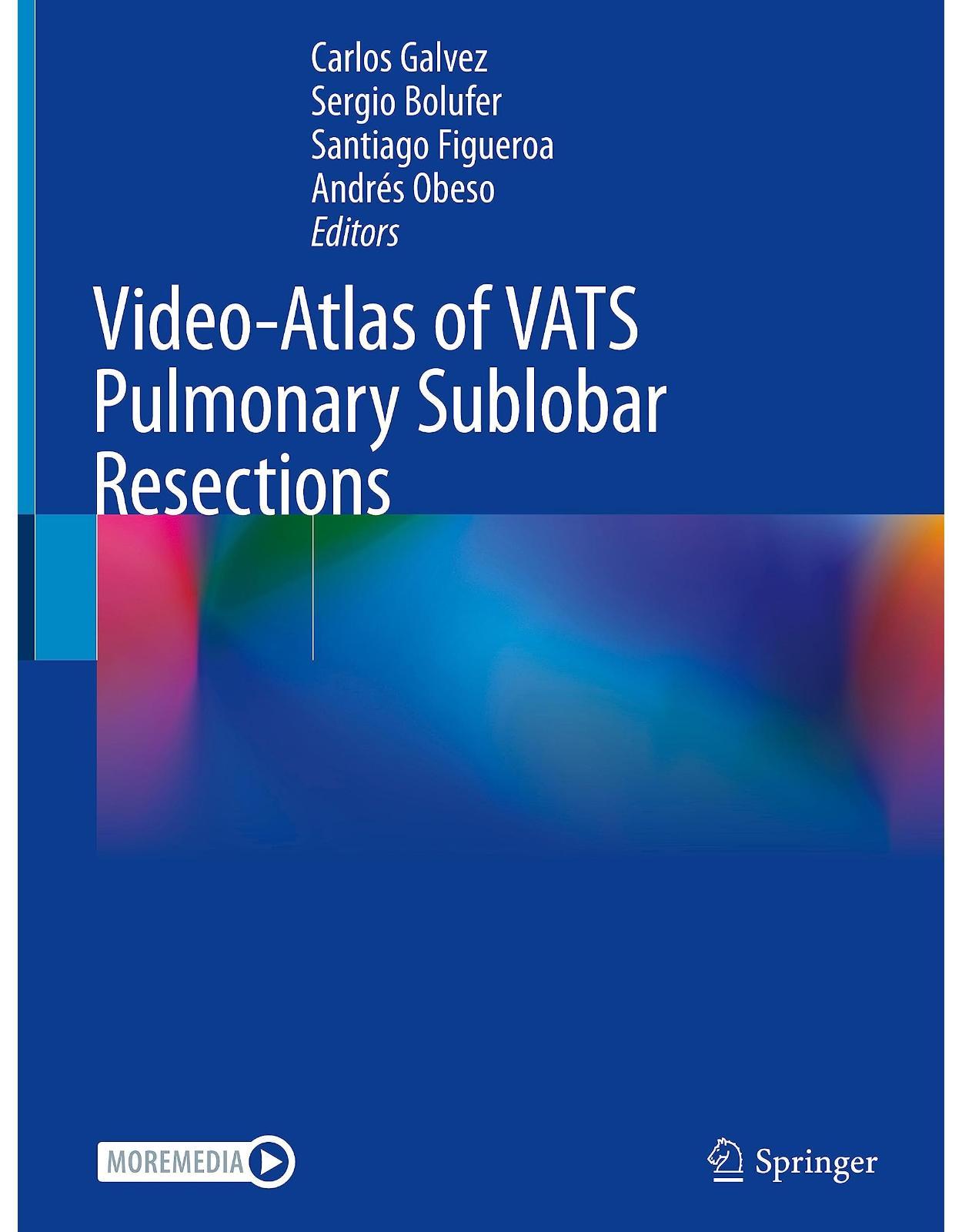
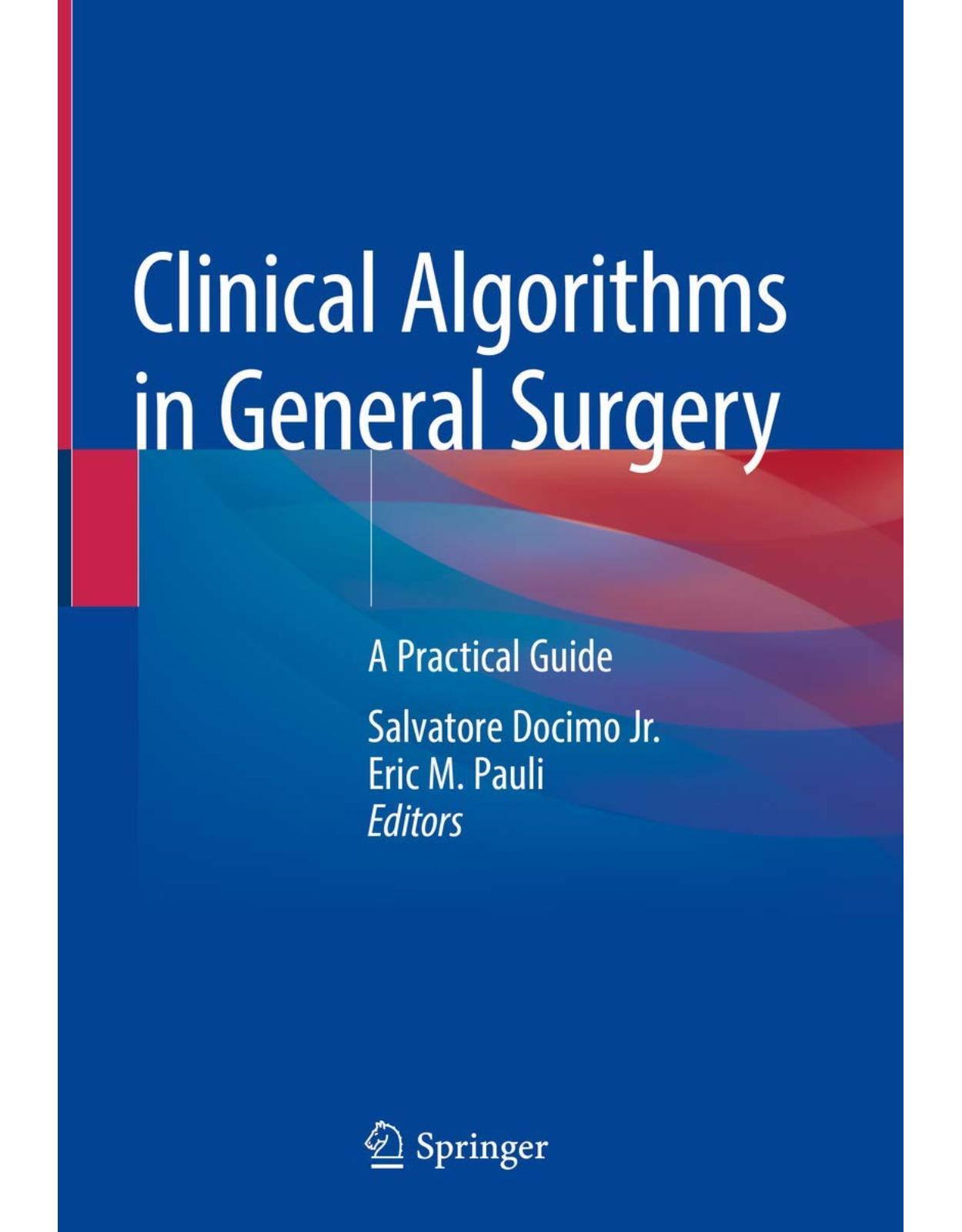
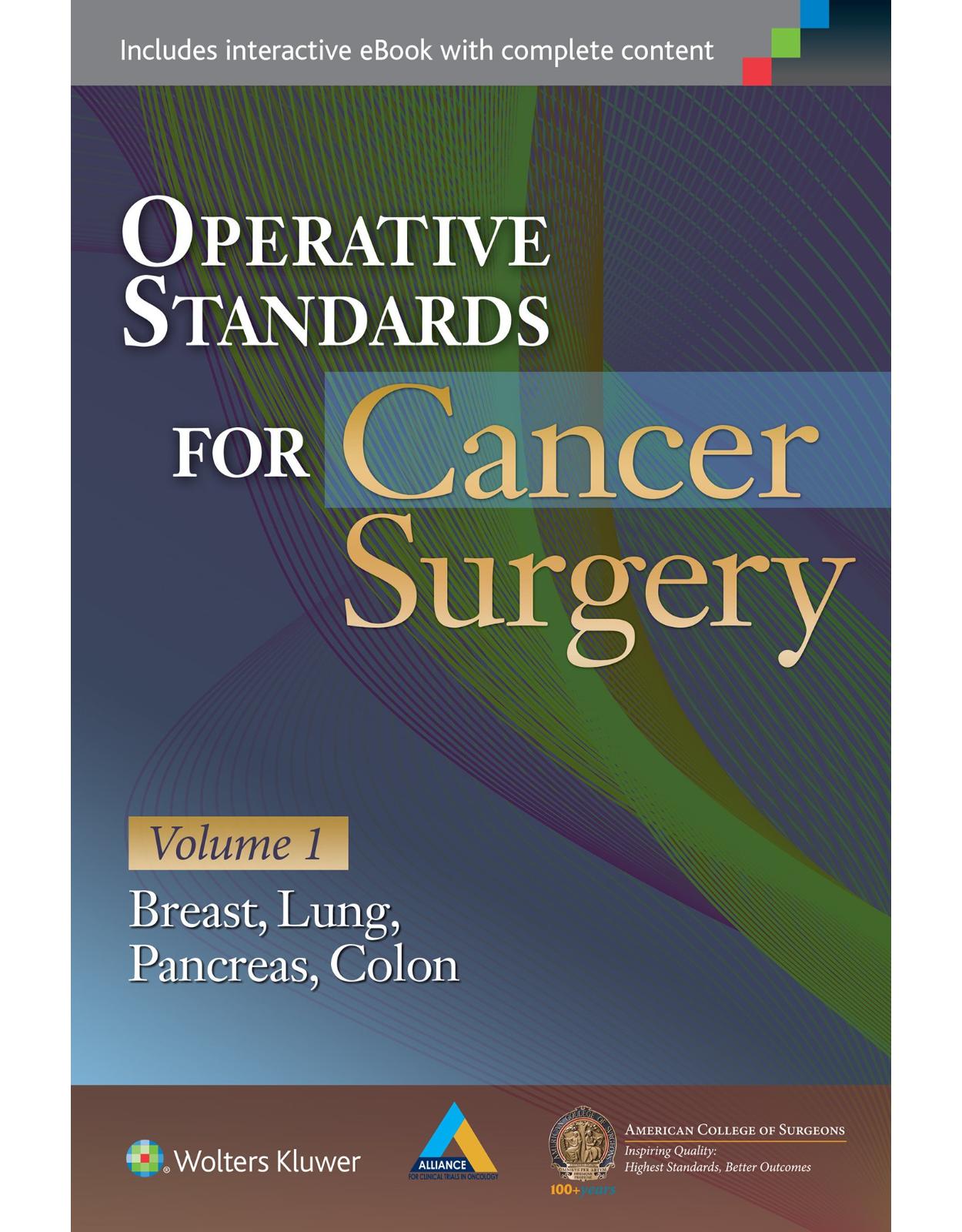

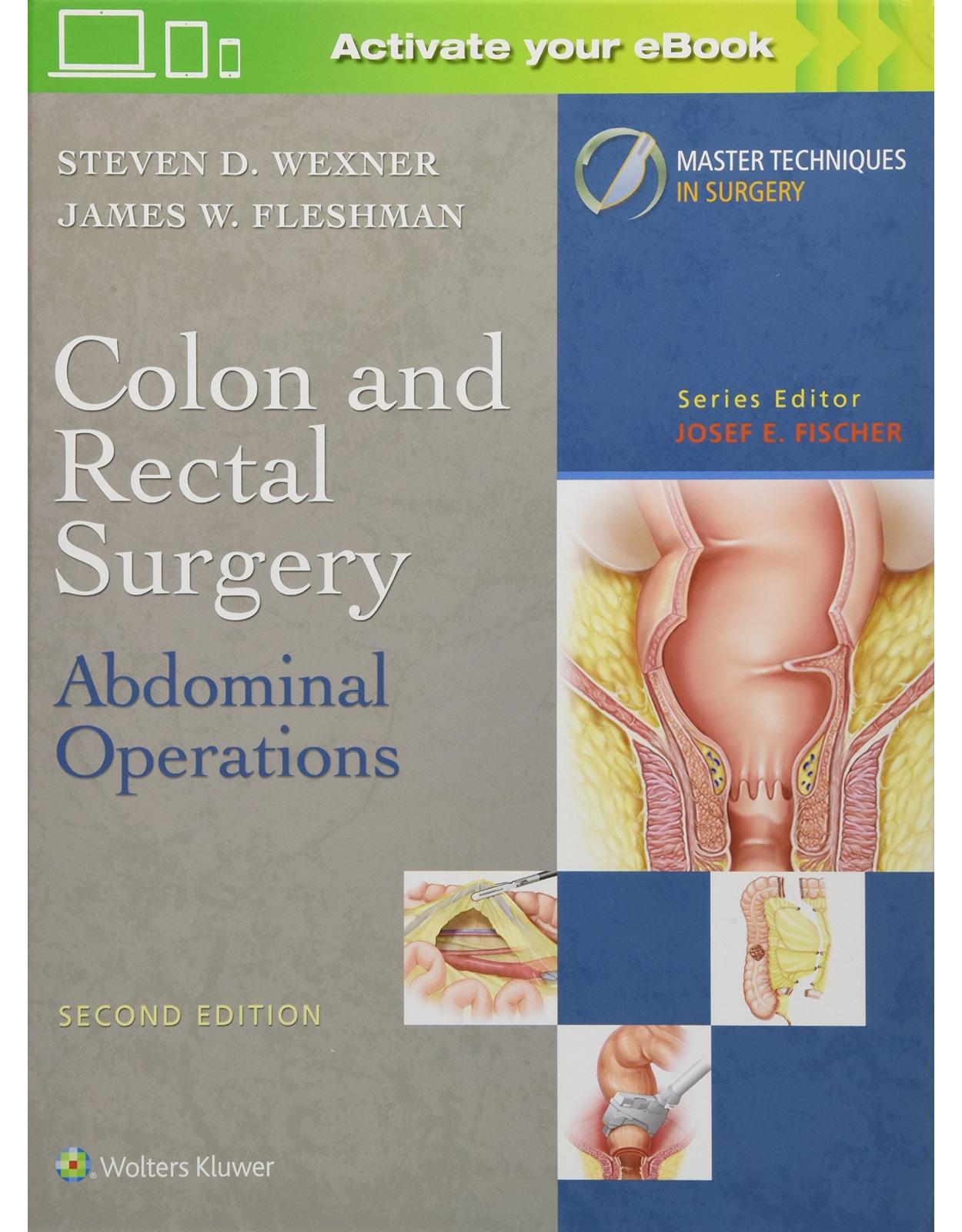
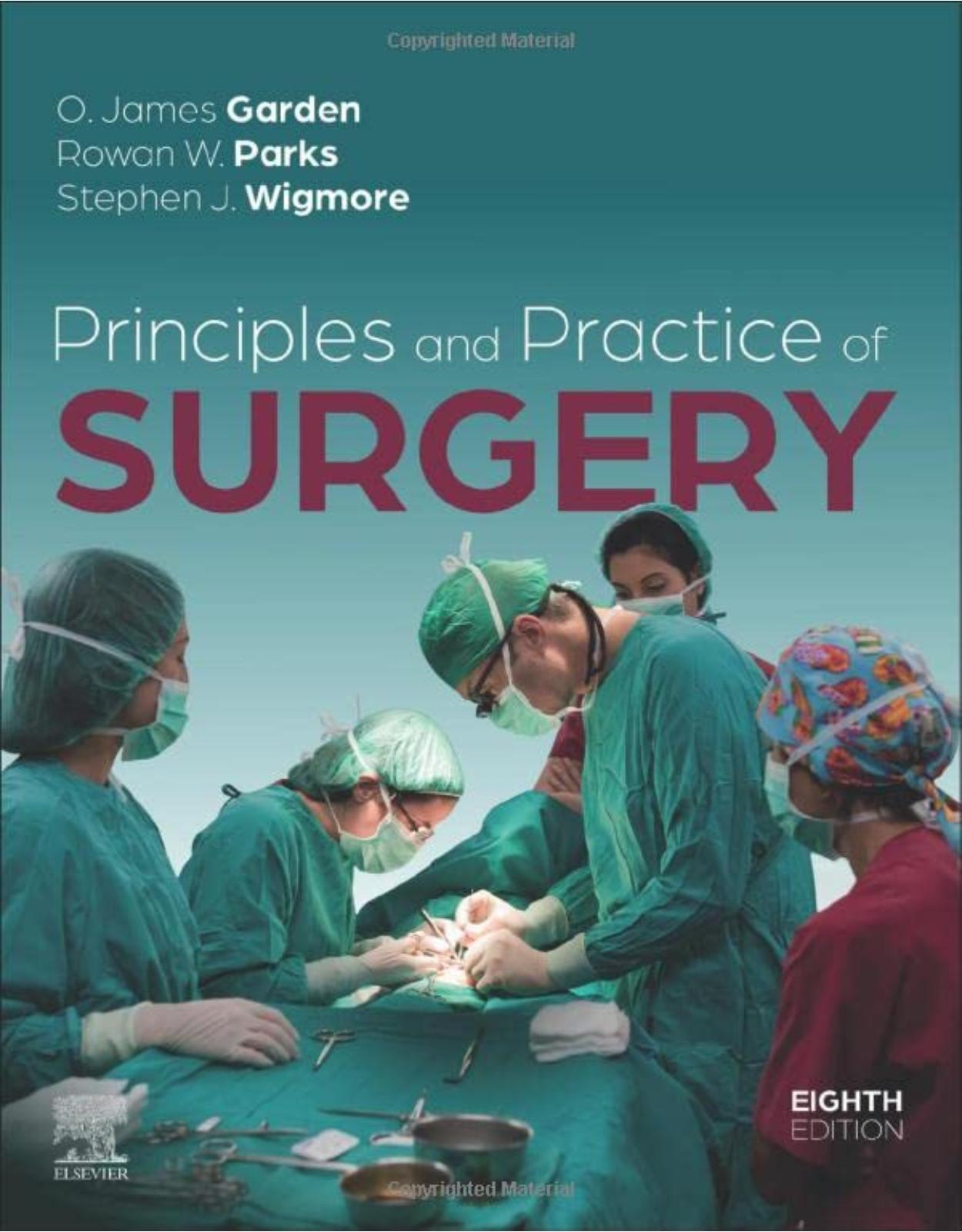
Clientii ebookshop.ro nu au adaugat inca opinii pentru acest produs. Fii primul care adauga o parere, folosind formularul de mai jos.